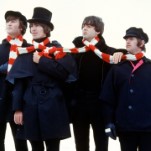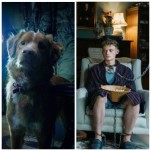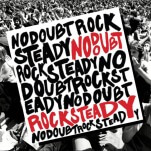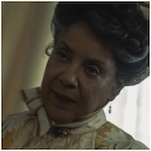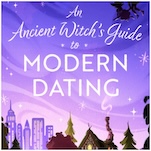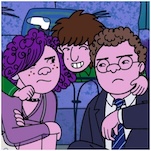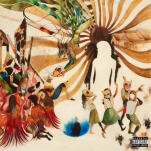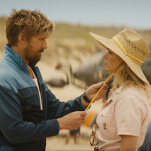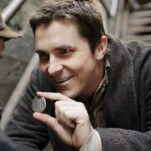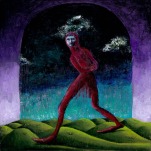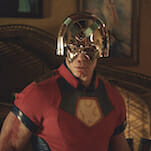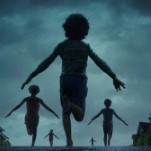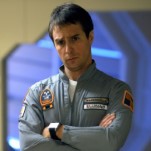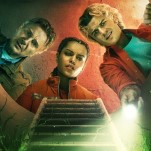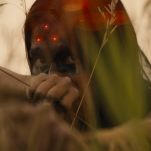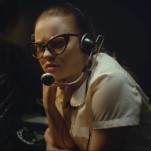60 Years Ago, The Beatles Tackled James Bond With Help!
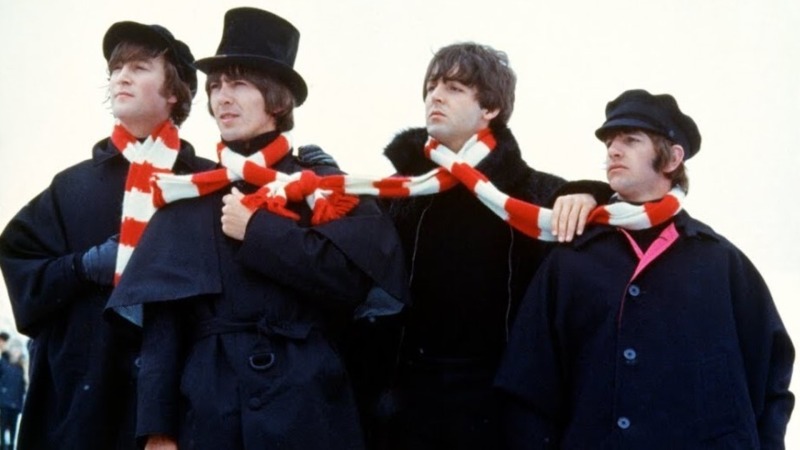
The greatest challenge that any biographical film about the Beatles has faced is that the “Fab Four” rose to prominence during an unprecedented explosion of celebrity-focused media. Even if the upcoming four-part biographical project from Sam Mendes ends up unearthing previously undiscovered details about the group and their exploits, it will still have to contend with more than six decades of documentaries, news reports, and candid videos that featured Paul McCartney, John Lennon, George Harrison, and Ringo Starr as themselves. Whereas even Elvis Presley kept his personal life at a distance from his adoring fans, the Beatles’ personalities became so recognizable that fans were universally comfortable referring to them on a first-name basis.
One of the great novelties of the Beatles was that they inspired unusual fanfare and obsession from audiences in their native country of England, who had been traditionally associated with more reserved social practices. The screaming crowds and relentless photographing reached a new apex in 1964, in which the four “lads from Liverpool” came to America in the most important moment of the British Invasion. America had caught “Beatlemania,” and so it only made sense that the band would next have to take over a new medium. Their first feature film, A Hard Day’s Night, may have been intended to cash in on the stranglehold that the Beatles had on popular culture, but the comic brilliance of director Richard Lester turned the 1964 farce into one of the most influential music films ever made.
Unlike critically-panned Elvis star vehicles like Blue Hawaii or Spinout, A Hard Day’s Night cast the Beatles as somewhat fictionalized versions of themselves, and was set during a particularly chaotic 36 hours preceding an appearance on television. Even if the title was shared with the band’s fifth studio album, A Hard Day’s Night would have been more aptly named by the final track of their 1967 album Sgt. Pepper’s Lonely Hearts Club Band. By showing all the madness and mayhem that constituted “A Day in the Life” of the Beatles, A Hard Day’s Night transformed the band from musicians into larger-than-life characters on the level of Mickey Mouse, Bugs Bunny, or Superman.
A Hard Day’s Night had the novelty of being released prior to the legitimization of musician documentaries. Before D. A. Pennebaker transformed the genre with his highly influential “rock-docs” Don’t Look Back and Monterey Pop, the very notion of seeing these artists on the big screen was a draw. A Hard Day’s Night earned two Oscar nominations and rave reviews, so a sequel seemed like a given. However, the wild experimentation that was taking place in the Beatles’ music during this era ensured that John, Paul, George, and Ringo wouldn’t sign on to anything that wasn’t at least a tad transgressive. Yet, the Beatles were also in a medium that they had less experience in; if A Hard Day’s Night had used Lester as a “hired gun,” Help! gave him the opportunity to be the definitive auteur.
Given that the Beatles themselves were a more popular brand than anything specifically tied to A Hard Day’s Night, Help! wasn’t under any obligation to retain stylistic similarities. Shot in color and given a more extensive musical score, Help! featured the Beatles as Marx brothers-esque stooges in the midst of an international adventure. After Ringo accidentally obtains a sacrificial ring sent to him by an adoring fan, the Beatles find themselves the targets of an eastern cult (loosely inspired by the Thuggee movement) desperate to complete an ancient ritual. A sacrificial ring would require a victim, but because Ringo finds it impossible to remove the circular band from his finger, all sorts of shenanigans begin to ensue.
Although parody films had existed before in the form of Abbott and Costello’s crossovers with the Universal monsters characters, Help! created a unique subgenre of spoofs that weren’t directly tied to an existing property. Comparisons could be made with British adventure films like Bhowani Junction and North West Frontier, both of which depicted tensions with modern India, but Help! also featured a touch of the supernatural that felt closer in style to Roger Corman’s low-budget horror-comedies of the era, such as The Raven. The broader subject material presented an intriguing hook to audiences; even if this was a story that they had seen before, they were now getting it through the Beatles’ point-of-view.
It was no coincidence that the release of Help! coincided with the growing popularity of another major British export that captured the imagination of American audiences. James Bond had become a movie star bigger than James Dean, Marlon Brando, and John Wayne combined, and United Artists was keen to mix in some cross-promotion into Help!, which debuted the summer before 007 took his first aquatic adventure in Thunderball. Sean Connery’s dry, snarky humor had brought levity to the early Bond films, but the Beatles were allowed to heighten the absurdity when they found themselves at the center of a different international conspiracy.
It’s through a series of misinterpreted signals and secret allegiances that the Beatles find themselves working alongside Scotland Yard, with a conclave of evil scientists and cult members in hot pursuit. The anti-establishments sentiments eschewed by the Beatles would grow more prominent in subsequent years, particularly after the Vietnam War occupied a more significant role in global politics; however, there is a sly hint of satire within the depicted incompetence of law enforcement in Help! Even though they are viewed as untrustworthy hooligans by the airless suits that conduct international affairs, the Beatles are more successful in suppressing the cult members than any of the cops are. The fact that their heroism is all accidental only makes this satirical point even finer.
A stark difference between the Beatles and the next generation of musicians-turned-actors was that Help! existed to amuse, but not lionize them. The group is more than willing to poke fun at the personality traits that they had been ascribed; Paul was a bit too smooth for its own good, John’s inclination towards chaos was often disruptive, George’s pensive existentialism often masked his confusion, and Ringo is perhaps the only person who could unwittingly spark the rage of a dangerous cult. Regardless of how much say the Beatles had in shaping the personas they’d be attached to throughout their respective careers, Help! was an opportunity to turn themselves into characters.
-

-

-

-

-

-

-

-

-

-

-

-

-

-

-

-

-

-

-

-

-

-

-

-

-

-

-

-

-

-

-

-

-

-

-

-

-

-

-

-

